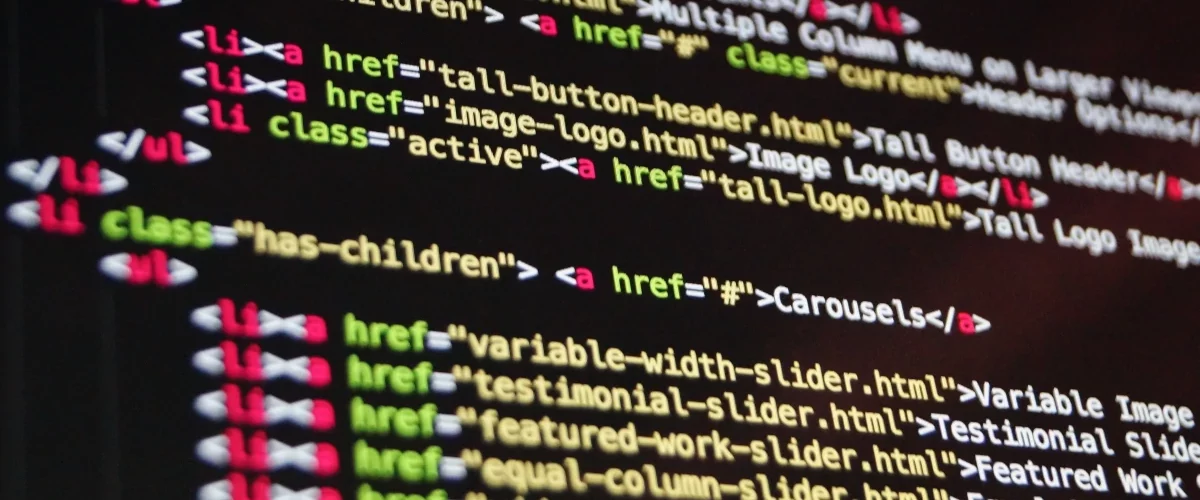In recent years, the intersection of art and technology has given rise to a captivating form of artistic expression known as creative coding. It involves using programming languages to create interactive and visually appealing artworks, installations, and experiences. Artists, designers, and technologists have embraced this exciting medium to push the boundaries of traditional art forms, resulting in stunning and immersive creations that mesmerize audiences worldwide.
Interactive Digital Art
Creative coding allows artists to craft interactive digital art pieces that engage audiences in unprecedented ways. Through the use of sensors, cameras, and other input devices, artists can create artworks that respond to the viewers’ movements, touch, or even their emotions. For instance, consider an interactive installation in a gallery where a projection of flowing colors and shapes reacts to the viewers’ gestures, inviting them to actively participate in the artistic experience.
The benefit of interactive digital art lies in its ability to foster a deeper connection between the audience and the artwork. Viewers become active participants, influencing the narrative and aesthetics, making each encounter unique and personal. This newfound level of engagement transforms the passive observer into an integral part of the creative process. Moreover, enhancing the emotional impact of the artwork.
Generative Art
Generative art, a prominent domain within creative coding, relies on algorithms to produce ever-evolving visual or auditory content. Artists can program rules and constraints, enabling the art piece to generate different iterations autonomously. For example, an artist might develop a program that generates a series of abstract paintings based on a set of randomized parameters. Moreover, creating an endless array of visually captivating images.
The beauty of generative art lies in its unpredictability and its ability to produce variations that the artist might not have envisioned themselves. It opens up new possibilities for artistic exploration. Moreover, freeing creators from conventional constraints and leading to the discovery of novel forms and aesthetics.
Data Visualization as Art
Another fascinating aspect of creative coding is its capacity to transform complex data into visually compelling artworks. Artists can use programming to create interactive data visualizations, turning raw data into captivating stories. For instance, a data-driven art piece might depict global temperature changes over the past century through stunning visual representations, conveying the urgency of climate change in a profoundly impactful manner.
Data visualization as art not only helps make intricate data more accessible but also raises awareness about critical issues. It blends the realms of information, aesthetics, and emotion. Moreover, urging viewers to contemplate the significance of the presented data in an artistic context.
Augmented Reality (AR) and Virtual Reality (VR) Art
Creative coding has significantly contributed to the evolution of augmented reality and virtual reality art forms. Artists can merge digital elements with the physical world, creating mind-bending experiences that transport viewers to alternate realities. Imagine an augmented reality installation in a public space where viewers can interact with virtual sculptures or murals overlaid on the real environment, providing an entirely immersive encounter.
AR and VR art broaden artistic horizons, enabling creators to build entire virtual worlds. Moreover, defy traditional spatial limitations, and experiment with surrealistic concepts. This blending of realities allows artists to design experiences that challenge the viewers’ perceptions, leaving them in awe of the boundless possibilities of creative coding.
Benefits of Creative Coding:
- Innovation and Exploration: Creative coding encourages artists to explore innovative techniques and unconventional approaches to art. It breaks the barriers of traditional artistic mediums, fostering a culture of experimentation and pushing the boundaries of what art can be.
- Collaboration and Interdisciplinary Exchange: The realm of creative coding attracts individuals from various disciplines, leading to fruitful collaborations between artists, programmers, engineers, and designers. This cross-disciplinary exchange enriches the art scene, resulting in groundbreaking projects that merge technology and creativity.
- Accessibility and Democratization of Art: By using open-source tools and platforms, creative coding makes art more accessible to a broader audience. Artists can share their code and processes, allowing others to learn, remix, and build upon their work, nurturing a vibrant and inclusive artistic community.
- Adaptability and Environmental Consciousness: In the digital realm, creative coding reduces the need for physical materials and enables sustainable art practices. Additionally, it allows artists to address pressing environmental concerns through interactive installations that raise awareness about ecological issues.
Conclusion
Creative coding has revolutionized the world of art, opening up an exciting realm of possibilities for artistic expression. From interactive digital art to generative artworks and data-driven visualizations, this innovative approach allows artists to immerse themselves in technology and create captivating experiences that engage audiences on a profound level. Through creative coding, the boundaries of traditional art are constantly pushed. Moreover, resulting in a more inclusive, interactive, and sustainable artistic landscape. Embracing this medium not only fosters innovation and collaboration but also empowers artists to bring their visions to life in unprecedented ways. Moreover, captivating and inspiring viewers across the globe.
Visit out Art Blog to learn more about different art styles.
